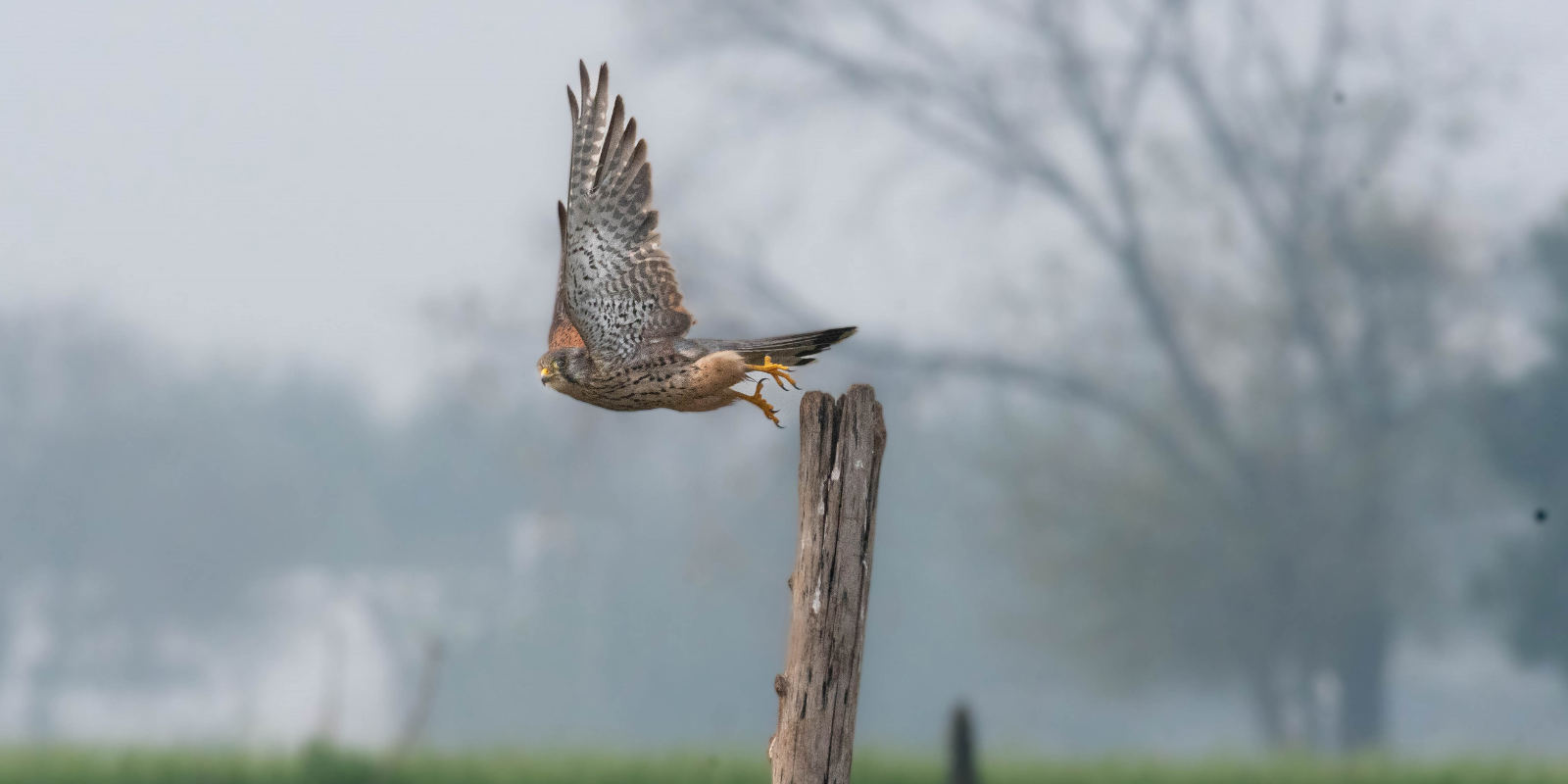
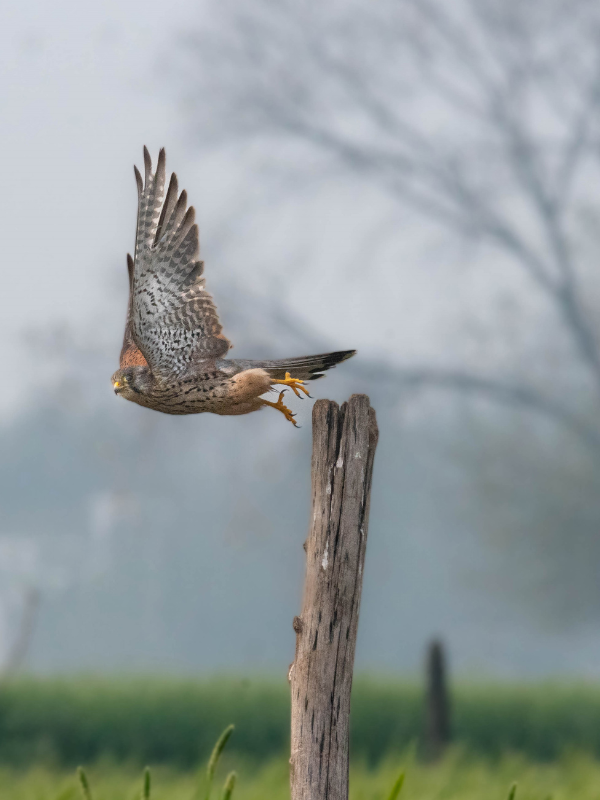
Kumar Kumud Gangesh
Not too far from the planned (and growing) city of Greater Noida in Uttar Pradesh lies Dhanauri, a hidden gem. This natural wetland ecosystem, encompassing roughly 98 hectares across three villages, remains largely unknown to the wider public, yet harbours a remarkable diversity of avian life.
A delight for birdwatchers, Dhanauri is home to a wide array of species, and also a haven for the many migratory birds that undertake long journeys from other parts of India, and from distant lands. An estimated 215 avifauna species have been recorded here, a testament to the wetland’s ecological significance.
It’s heartening to observe such variety in birdlife, and that too not far away from the smoke and noise of Delhi-NCR. For example, the majestic Sarus Crane, the state bird of Uttar Pradesh, is a resident species that adds a touch of grandeur to these wetlands. The vibrant Red Avadavat, a Red Munia with striking strawberry plumage, is another resident bird that’s visible here.
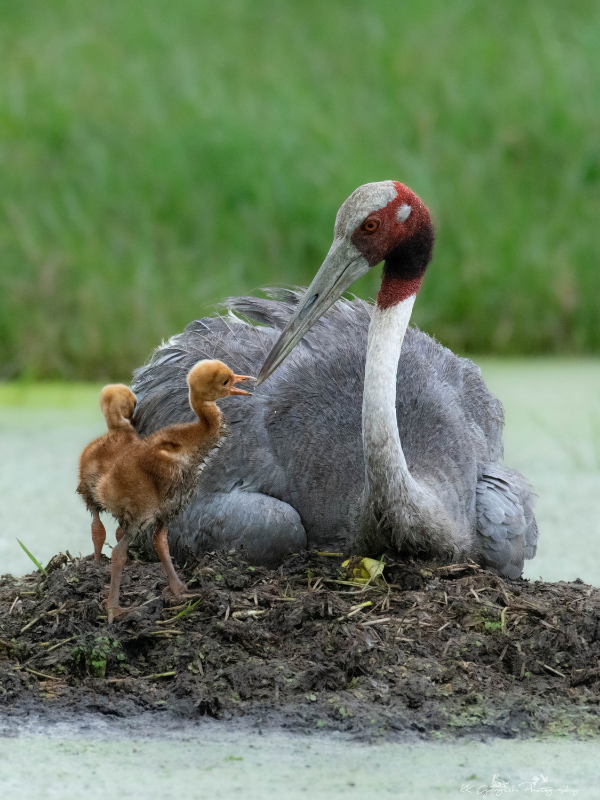
The monsoon season sees a surge of avian activity in Dhanauri. The Bristle Grassbird, a shy and elusive species, can be sighted at this time of year, along with the colourful Tricoloured Munia, known for its melodious song. Meanwhile, in winters can be spotted migratory species seeking refuge from their breeding grounds in the frigid north. For example, the Red-necked Falcon, a swift and agile raptor, is a common sight in the skies. The Short-eared Owl, with its distinctive ear tufts, and the Common Kestrel, a small falcon with a graceful flight, are other winter visitors that grace these wetlands.
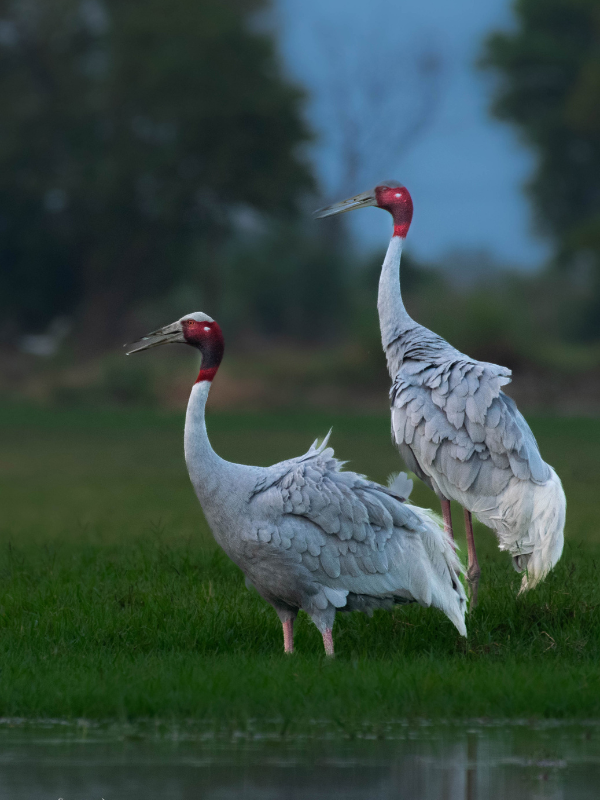
Dhanauri also attracts a variety of migratory ducks. The Bar-headed Goose, one of the highest-flying birds in the world, can be observed alongside other waterfowl such as the Mallard, Greylag Goose, Northern Pintail, and Northern Shoveler, etc. These cold-weather guests add a splash of vibrant colour and life to the wetlands.
A Call for Conservation
For all their rich biodiversity, the Dhanauri Wetlands face several challenges. The increasing pressure of human activity and urbanisation pose a threat to this delicate ecosystem, with pollution, habitat degradation, and encroachment among the major concerns. Raising awareness on the importance of Dhanauri is crucial for the conservation of this bionetwork. By educating local communities and promoting responsible tourism, we can ensure the long-term survival of what is an invaluable natural resource.
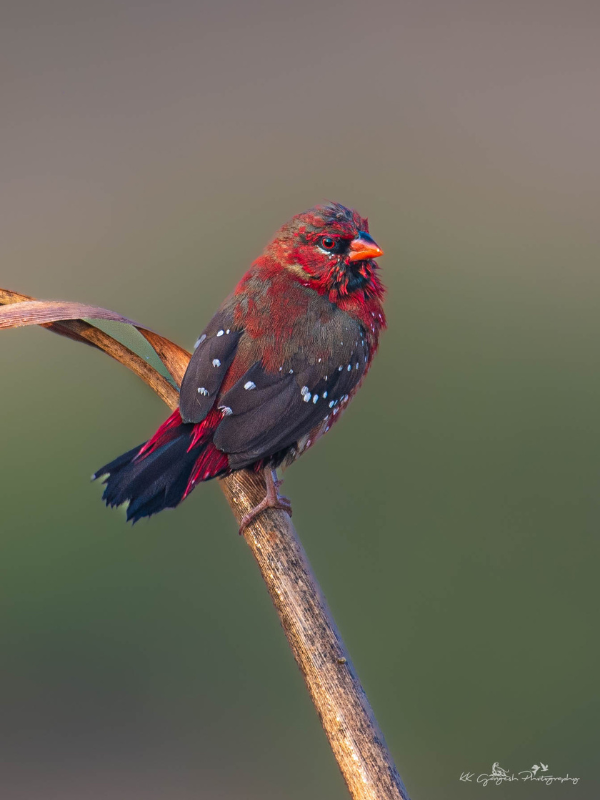
Because for birders and nature enthusiasts, these wetlands offer a not-to-be-missed opportunity to experience and enjoy the avian diversity that exists in our neighbourhood.
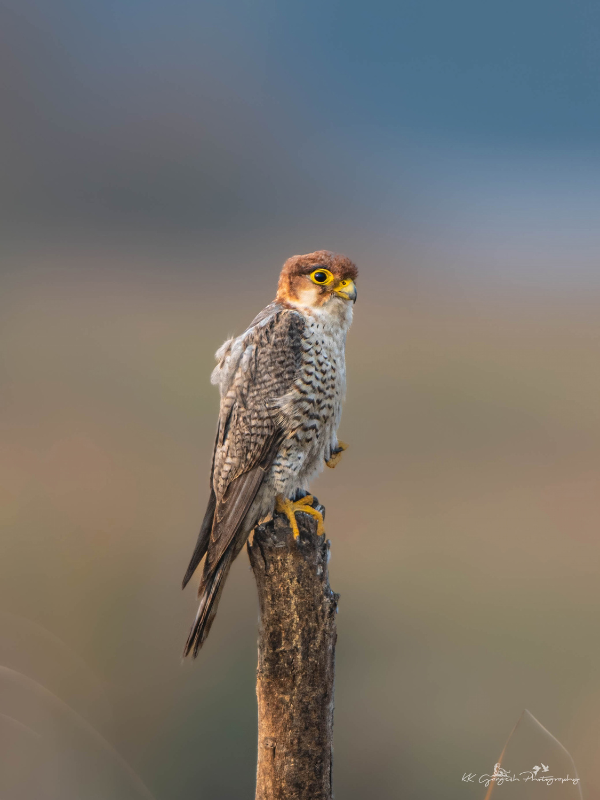
The serene ambience, birdsong to please the ear, and the breathtaking sight of winged creatures in flight come together to create an unforgettable memory.
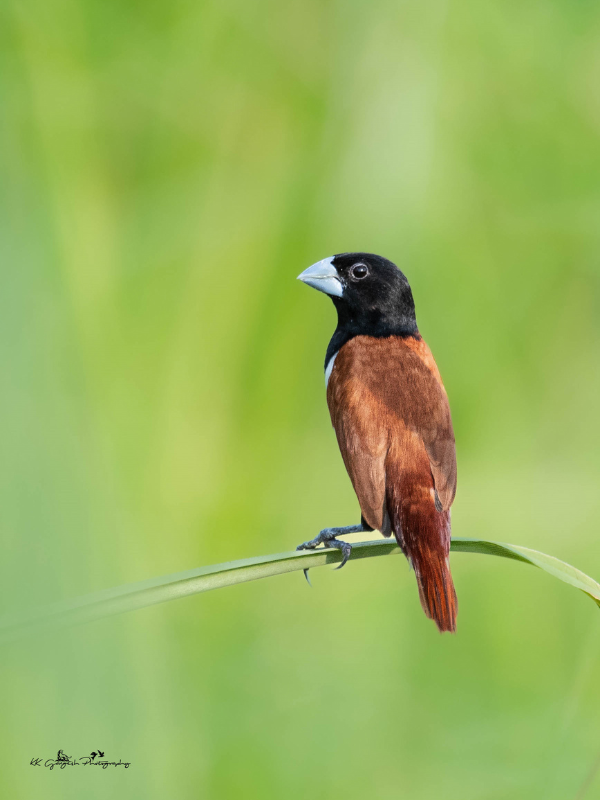
So, whether you’re a seasoned birder or simply someone who appreciates the beauty of Mother Nature, a visit to Dhanauri is highly recommended. It’s a chance to witness the intricate web of life, and to gain a deeper understanding of the incredible biodiversity that exists on our planet.
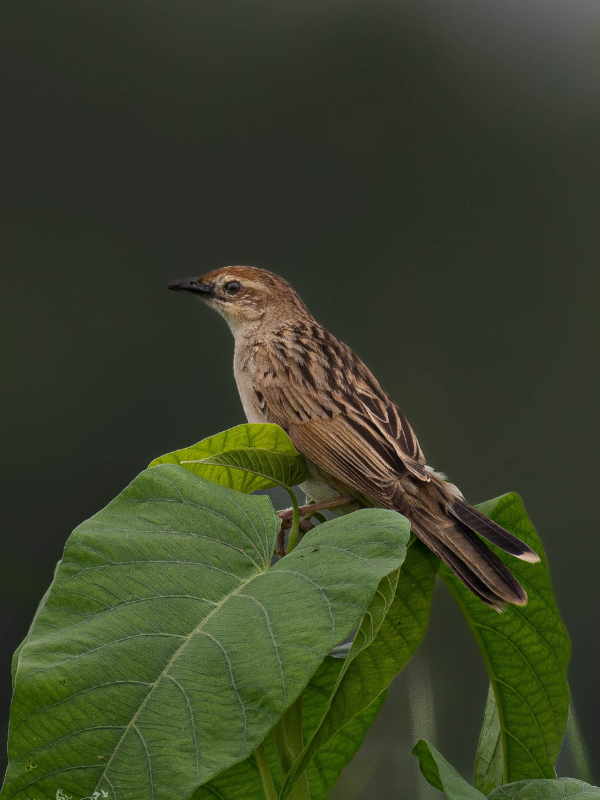
Read more: Ladakh Unplugged: The Ultimate Wild Adventure for Your Insta-Feed